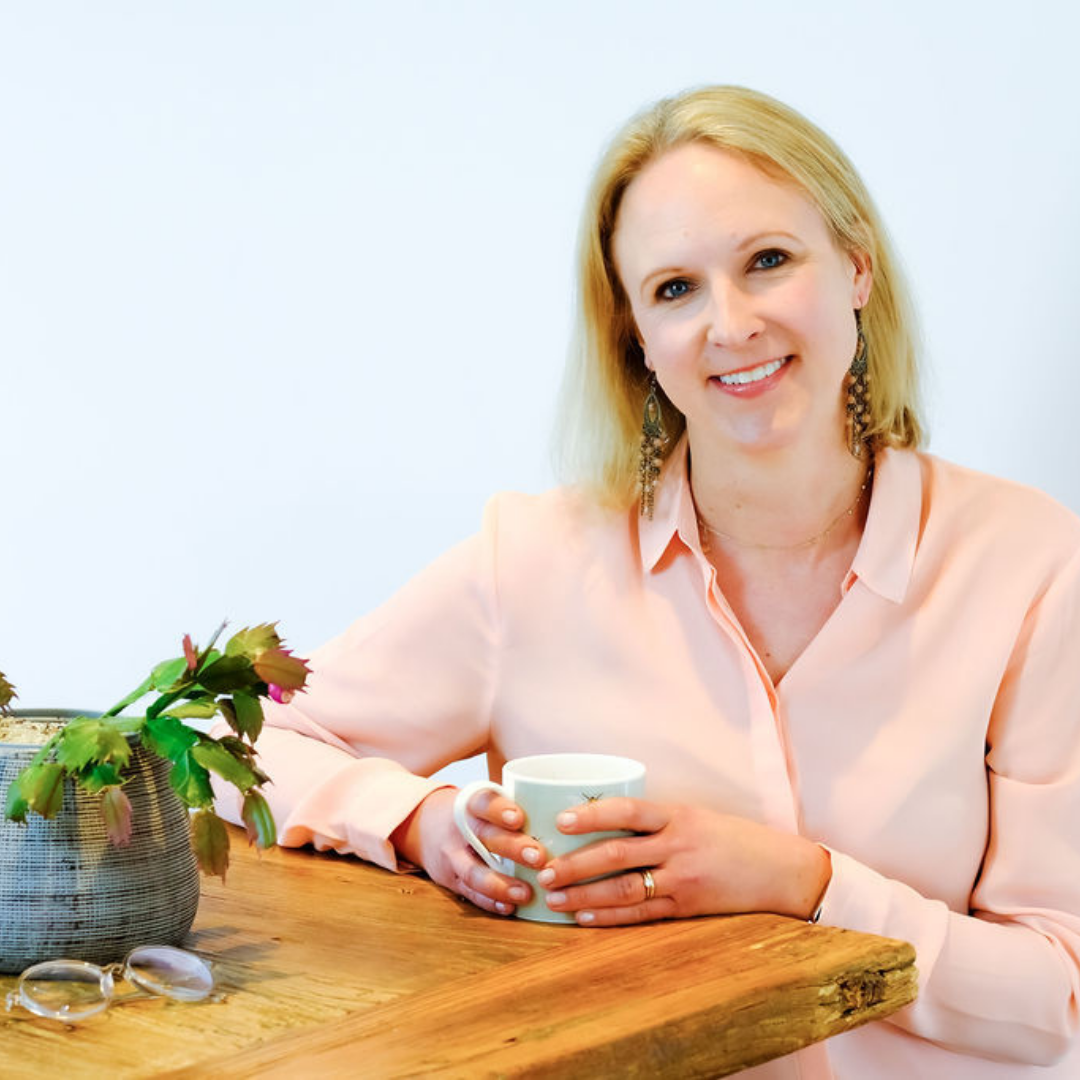4 ways you could raise more large gifts & meet your target

I had the best Monday morning when I found out that a CEO I’ve been working with secured £200k of pledges! In 5 days!
The charity has now reached their income target with five months of the year to go, and have achieved all this:
- without a big brand
- when services had been hugely disrupted by Coronavirus
- whilst a key fundraiser role was vacant
- in a demanding CEO role, leading the charity through the pandemic.
It’s been a joy coaching Phil Kerry, the inspirational leader of New Horizon Youth Centre. I’ve hugely admired the way he’s thrown himself into raising large gifts with good humour and energy, and with a great willingness to learn. There are a few things specifically I’ve seen Phil do that could also help you to raise more large gifts. Whether you’re a CEO like Phil, a fundraiser, a fundraising lead, or a trustee these 4 approaches are worth bearing in mind:
1. He had quality conversations with existing and potential supporters.
Phil picked up the phone and spoke to a range of major donors and corporate supporters. In these conversations, he checked in with them and found out where they were at. These conversations built a deeper relationship between him and the donor as they shared the challenges of this pandemic both professionally and personally. Supporters got huge reassurance hearing from the leader of a charity they care about, supporting young homeless people that they care about.
Crucially, in these conversations, Phil discovered how likely they were to support the charity financially, without him making an ask. One major donor in the construction industry mentioned how tricky things were for his businesses and volunteered that he wouldn’t be giving in the next few months. Rather than viewing that as a negative, Phil realised it put him in a great position to understand this donor – it meant he didn’t make an inappropriate ask, and also meant he agreed to check in again with him in a few months for another chat.
2. “I set myself a 5-day target of £250k”.
Phil knew the charity had supporters who cared, but he also knew that picking up the phone and getting virtual meetings with them could fall to the bottom of his growing to-do list. He was after all reconfiguring services, speaking with local authorities about funding for new projects to support young homeless people, and of course leading his charity team through a global pandemic!
He made meeting virtually with his major donors a priority and prepared by reflecting on what he already knew about these donors. For example, Phil recognised that a particular couple liked to be the first to donate to projects – so he planned he would meet with them first. He also knew other donors were more risk averse and preferred to give to get an appeal over the finish line – so he wanted to meet them after speaking to other donors. This planning provided confidence, structure and momentum.
After one of our sessions Phil picked up the phone and got a number of these meetings in the diary with his key supporters. He then took it one step further – he set himself a target to raise £250k in the week that he had most of these meetings. This meant he was focused on those meetings, and more importantly, on asking those supporters, when it was appropriate.
3. He had an inspiring, flexible approach to asking
Before his meetings, Phil didn’t know if he’d ask some of these individuals or not. His meetings were to check in with his donors and to see how they were at a time of huge upheaval. When he was asked about the charity in these conversations, he was clear how the pandemic is affecting young people, and he got his donors excited about the difference they could make. This was despite the charity’s services and strategy being up in the air. From the conversations I’ve had with Phil, it’s clear that every decision the charity makes is leading towards one goal – helping more young people. This passion is infectious, and when he did ask a major donor for a gift, he wasn’t asking them just for money, he was asking them to give to transform the lives of young homeless people.
4. He believed that giving was a joyful thing for his donors
The more conversations Phil had with donors, and the more we discussed this in coaching sessions, the more Phil started to believe this. There is countless research from Dr Jen Shang, Dr Beth Breeze, Bluefrog’s supporter research and many more that giving is good for us, and that donors want to help especially with the pandemic (you can read more of this research here). However, truly believing this is different from thinking it. I knew Phil had made that shift when he said to me:
“People really want to help, they really want to give and they want to partner with us.”
What else? Phil and his team have now reached their income target for the year. This doesn’t just mean vital services for young people can continue and grow. It’s also an incredibly positive thing for him and his team’s wellbeing at a time of huge anxiety and uncertainty. “It’s nice to come into work and not be under that financial pressure.”
“The coaching has been a space to reflect on what I’ve been doing, learn about what works and challenge myself to imagine what is possible.”
I hope this is helpful to you in your major donor fundraising and that you can use some of Phil’s approaches, in your charity.
If your target seems like a mountain to climb over the next 6 months, take a look at my Summit major donor coaching here. You might surprise yourself with what is possible too.

Louise Morris is the Founder of Summit Fundraising. She is a major donor fundraising specialist and has worked with over 200 charities helping them raise large gifts.
